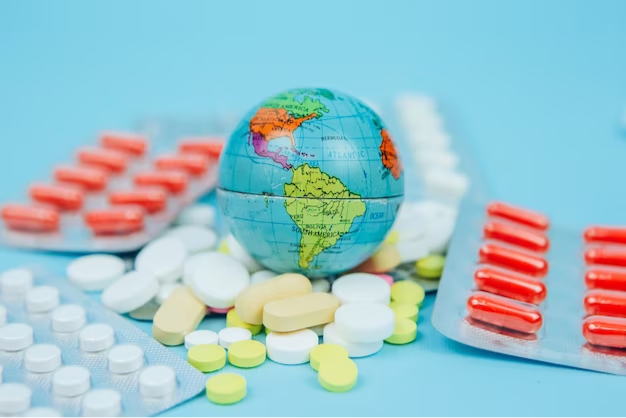Antibiotic Resistance: The Looming Global Health Crisis
December 2023
Introduction
Antibiotics have revolutionized modern medicine, saving countless lives by treating bacterial infections effectively. However, their overuse and misuse have given rise to a formidable adversary: antibiotic resistance. In this article, we will explore the alarming issue of antibiotic resistance, its causes, consequences, and what we can do to address this growing global health crisis.
Understanding Antibiotics
Antibiotics are powerful medications designed to kill or inhibit the growth of bacteria. They are used to treat a wide range of bacterial infections, from common ailments like strep throat to life-threatening conditions such as sepsis.
The Threat of Antibiotic Resistance
Antibiotic resistance occurs when bacteria adapt and evolve to become immune to the effects of antibiotics. This means that antibiotics that were once effective in treating infections no longer work. The consequences of antibiotic resistance are far-reaching and deeply concerning:
- Ineffective Treatments:As resistant bacteria become more prevalent, common infections may no longer respond to the antibiotics that were once effective, leaving patients with limited treatment options.
- Increased Mortality:Antibiotic-resistant infections are associated with higher mortality rates, as healthcare providers struggle to control and treat these challenging diseases.
- Longer Hospital Stays: Patients with antibiotic-resistant infections often require longer hospital stays, which increase healthcare costs and strain resources.
- Greater Healthcare Costs:Treating antibiotic-resistant infections can be expensive due to the need for specialized medications and more extensive medical care.
Causes of Antibiotic Resistance
- Overprescription: Antibiotics are often prescribed unnecessarily for viral infections, against which they have no effect. This overuse contributes to the development of resistant strains.
- Inadequate Dosage and Duration: Failing to complete a full course of antibiotics or taking lower-than-prescribed doses can allow bacteria to survive and develop resistance.
- Non-Prescription Use: In some regions, antibiotics are available without a prescription. This can lead to their misuse and contribute to resistance.
- Use in Agriculture: Antibiotics are commonly used in agriculture to promote animal growth and prevent disease. This practice can lead to antibiotic-resistant bacteria in livestock, which can transfer to humans through food consumption.
- Global Travel: Resistant bacteria can spread globally through international travel, making antibiotic resistance a worldwide problem.
Addressing Antibiotic Resistance
- Proper Antibiotic Use:Take antibiotics only as prescribed by a healthcare professional. Never use leftover antibiotics, and always complete the full course as directed.
- Public Awareness: Educate the public about the appropriate use of antibiotics and the consequences of misuse.
- Vaccination: Vaccination can reduce the prevalence of infections and limit the need for antibiotics.
- Infection Prevention:Simple measures like handwashing, food safety, and safe sex practices can help prevent infections and reduce the need for antibiotics.
- Research and Development: There is an urgent need for the development of new antibiotics and alternative treatments.
- Global Collaboration: International cooperation is vital in addressing antibiotic resistance. This includes surveillance, research, and sharing best practices.
Conclusion
Antibiotic resistance is a grave threat to global health, challenging our ability to treat common infections and potentially plunging us into a post-antibiotic era. It is a problem that requires immediate attention and collective effort from healthcare professionals, policymakers, researchers, and the public. By understanding the causes and consequences of antibiotic resistance and taking responsible actions, we can mitigate the impact of this crisis and safeguard the effectiveness of antibiotics for generations to come.
.pdf%20250X100%20PX-01.svg)
.pdf%20300X60%20PX-02-02.svg)
